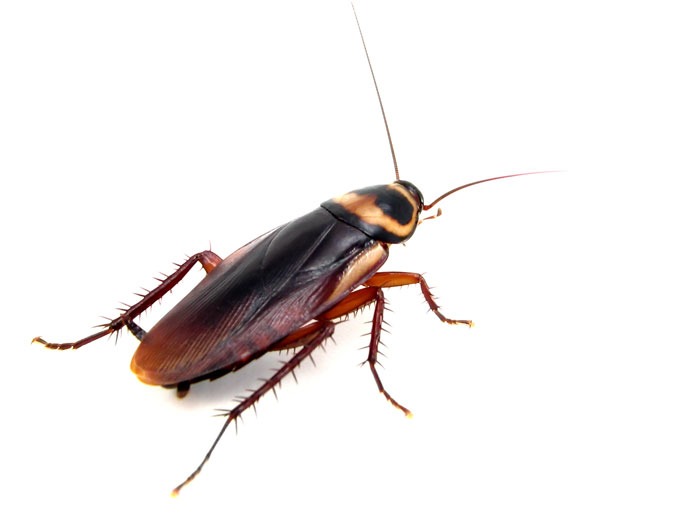
Cockroaches are among the oldest insect species on earth. Their origin can be traced back over 300 million years. This longevity is due to their adaptability to live in a wide range of environments and in adjusting to life with humans.
Little has changed over time in their physical appearance or behavioral characteristics. All species of cockroaches are identifiable by their oval-shaped body with a flattened appearance, their long antennae and six long, thin and jointed legs. They range in color from dark brown to reddish-brown. Most all have wings but can only fly short distances.
Cockroaches can be difficult to control and eliminate, as they reproduce quickly and can survive for long periods without food or water.
There are currently approximately 3,500 cockroach species across the globe. Of the 55 found in the United States, five are commonly found in Pennsylvania.
Types of Roaches in Pennsylvania, New Jersey and Delaware
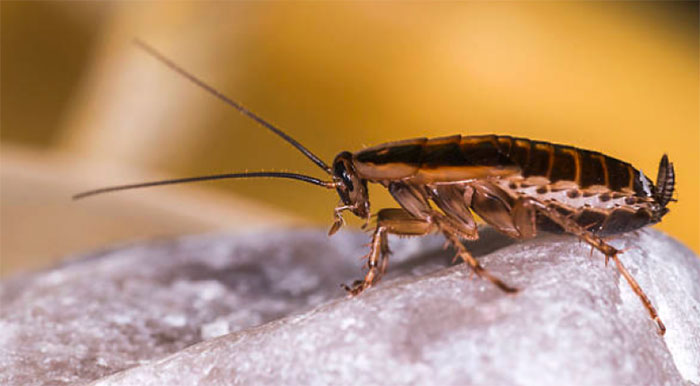
German Cockroach
(Blattella germanica)
German cockroaches are light brown or tan with two dark stripes down their backs. They will grow to between ½-inch and ⅝-inch long. They prefer living inside structures for warmth and proximity to food sources. They will group together, often leaving behind brown spotting on surfaces.
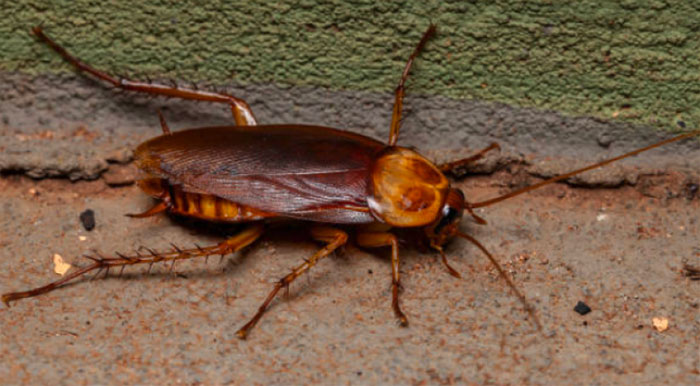
American Cockroach
(Periplaneta americana)
The American cockroach is also known as a palmetto bug or water bug. The most common cockroach, they are 1-½” to 2” long and reddish-brown in color. They also have a distinctive figure-eight marking on their thoraxes. American cockroaches are often found in sewers but will live inside to be near food sources.
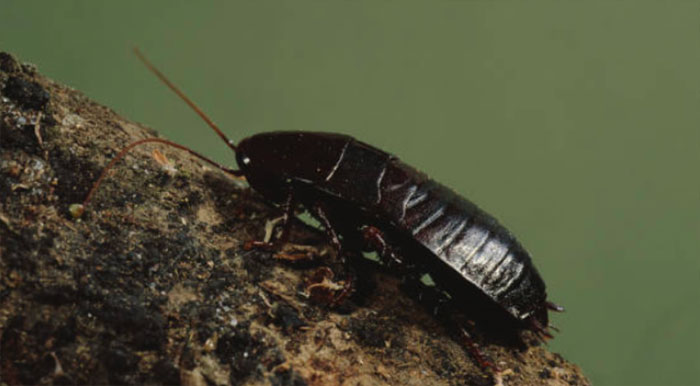
Oriental Cockroach
(Blatta orientalis)
The Oriental cockroach have dark brown or reddish-brown, oily bodies and grow to 1-¼” long. They are called water bugs due to their preference to live in dark and wet spaces. Because they are slower than most other cockroaches, cannot fly and aren’t skilled climbers they live below ground level.
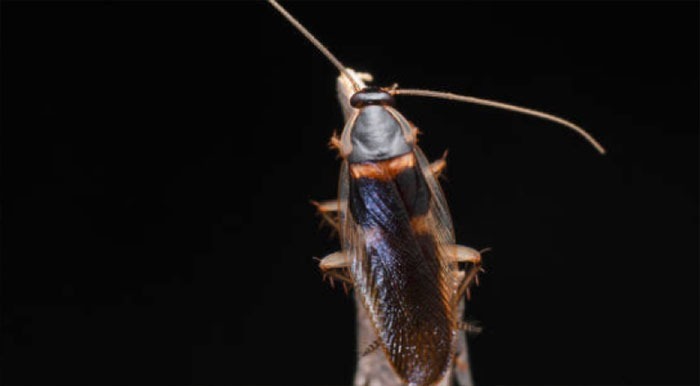
Brown-banded Cockroach
(Supella longipalpa)
The brown-banded cockroach has two distinct brown bands along its wings and abdomen. It has fully developed wings and is one of the smallest cockroaches, growing to ½” long. These cockroaches prefer living in warm and dry environments, choosing kitchen cabinets, closets and bathrooms when inside a home.
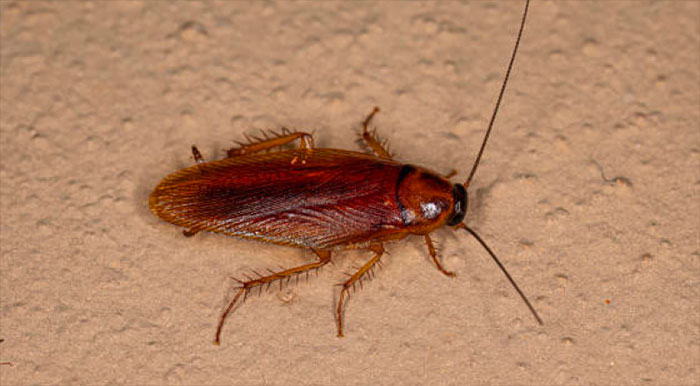
Wood Cockroach
(Parcoblatta pensylvanica)
The wood cockroach is dark brown with a whitish-yellow outline on their thorax and part of their wings. They grow to 1” long and prefer to live outdoors in tree stumps, hollow trees and rotted logs feeding on decaying organic matter. Unlike most other roach species, the wood cockroach is attracted to light.
Signs of an Infestation
Cockroaches are nocturnal so if there is a daylight sighting, it is likely there is an infestation. Other signs of a cockroach infestation include:
- Cockroach droppings
- Cockroach egg casings
- Smear marks
- Damage to food containers or surfaces and furniture (leather, fabric)
- Foul odor
Health and Damage Considerations
Roaches do not bite or sting but they carry 33 types of bacteria and other pathogens. Coming into contact with food or surfaces once touched by a cockroach can lead to significant health risks such as Salmonella (food poisoning) and E coli. Coming into contact with dead skin, saliva and droppings can trigger asthma and allergies in humans.
Cockroaches will not cause significant structural damage but they will eat through some materials like wood, leather and paper.
Behavior
Cockroaches are social insects that will live in groups. They hibernate through fall and winter but some may seek refuge in the warmth of homes and businesses. While there they will seek out food sources. Cockroaches are nocturnal insects who will generally flee when exposed to light.
Habitat
Cockroaches can survive the freezing cold temperatures of the Arctic region as easily as the heat of the tropics. Most prefer areas that are wet, dark and secluded with access to ample food and water which explains why they are often found in sewers and near garbage. Once inside a home, they will hide in basements, kitchens, bathrooms and in plumbing pipes.
Lifecycle
Cockroaches have a three-phase lifecycle: egg, nymph and adult.
The lifespan of a cockroach is between 20 and 30 weeks providing it has access to food and water. Cockroaches are hardy and can survive for one month without water and three months without food.
Most cockroaches are oviparous, meaning the mother carries eggs in a sac (called an ootheca) attached to her abdomen where the eggs grow outside of her body. Each ootheca can hold between 6 and 40 eggs. Female cockroaches can produce one ootheca a month for ten months.
Feeding
Cockroaches are omnivores. They will eat nearly anything, preferring starchy, sweet and greasy foods and will also eat decaying organic matter. If they can’t find food they will eat anything digestible, like hair and feces and household items like soap, glue, toothpaste. If food is scarce they will eat their own cast off skins and other cockroaches.




